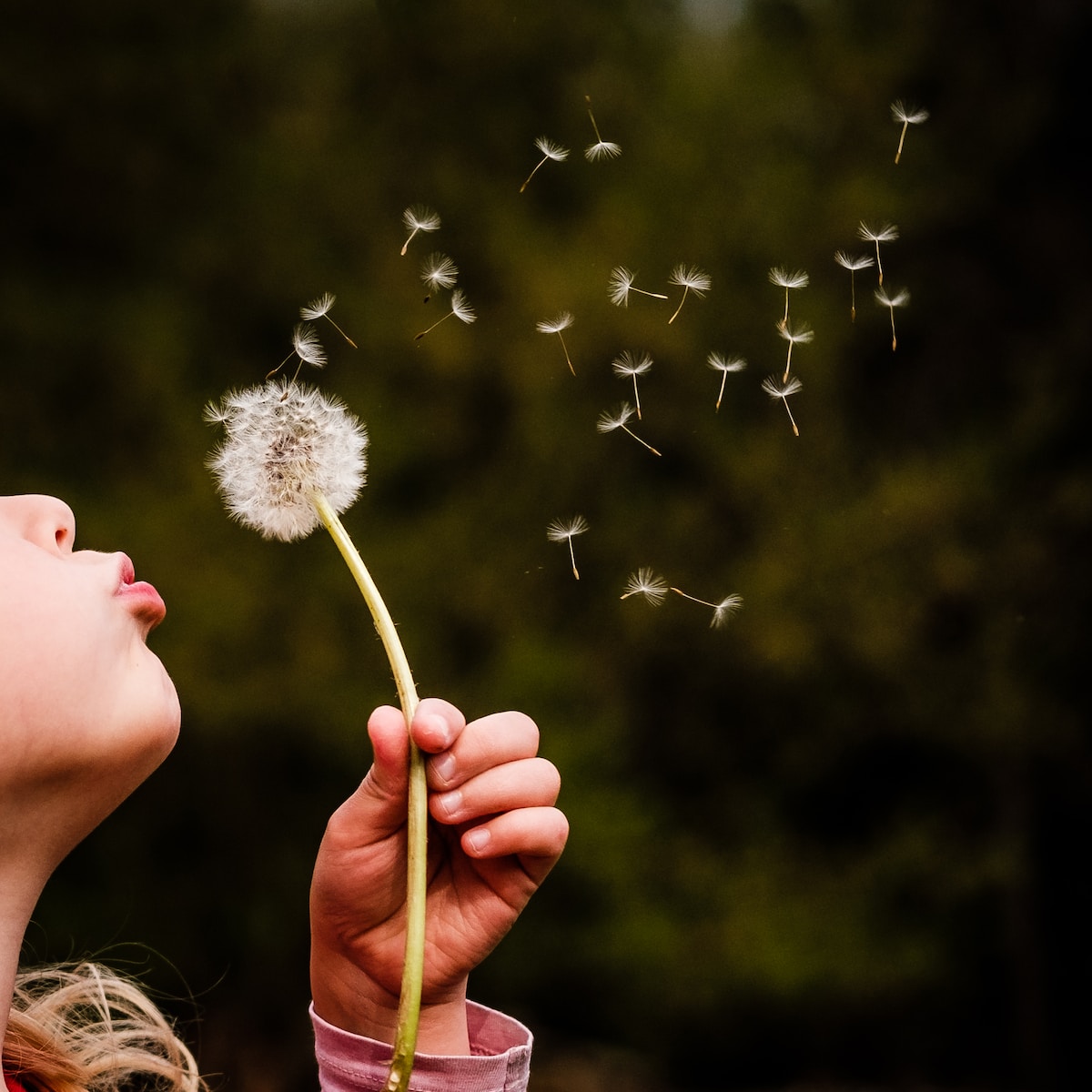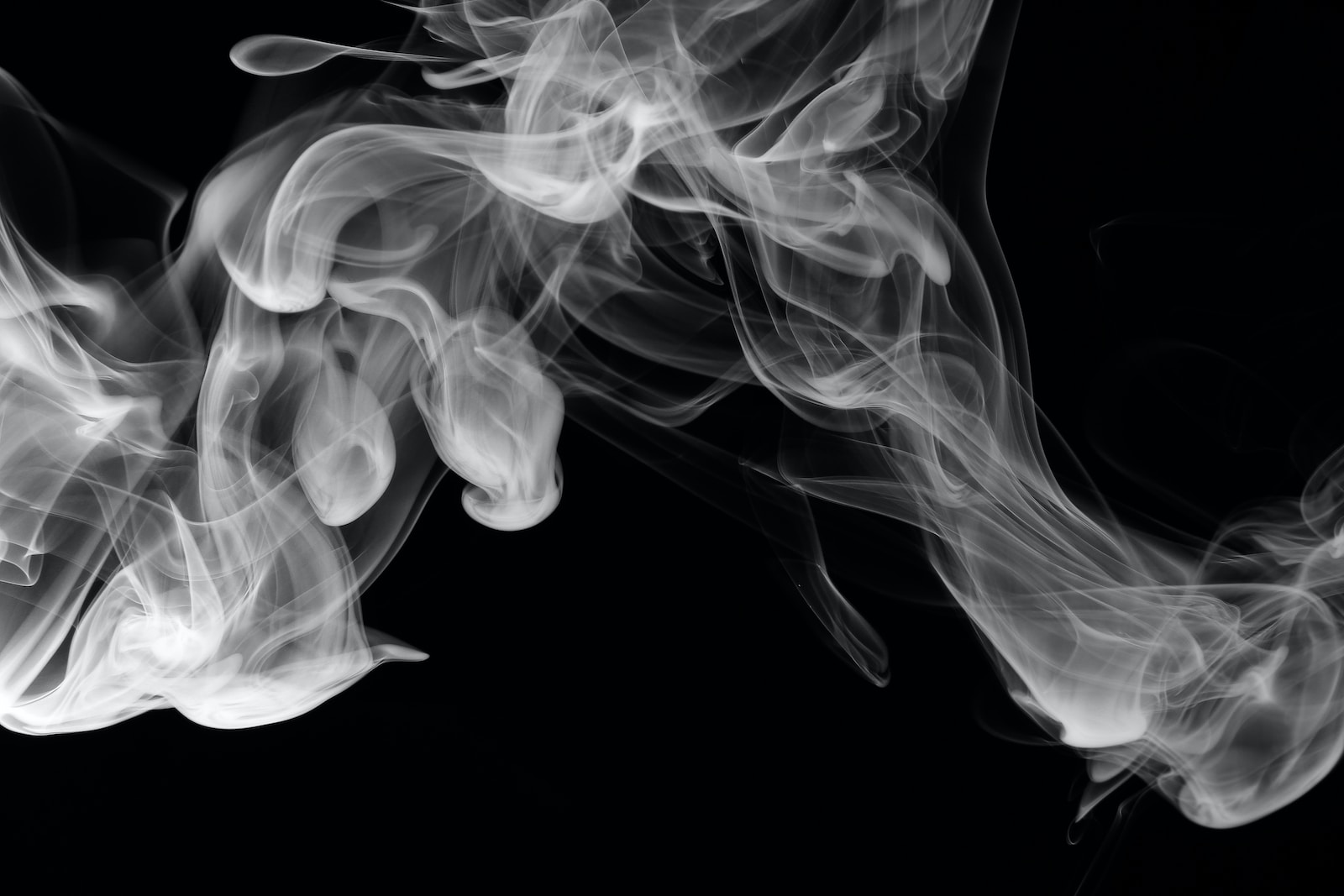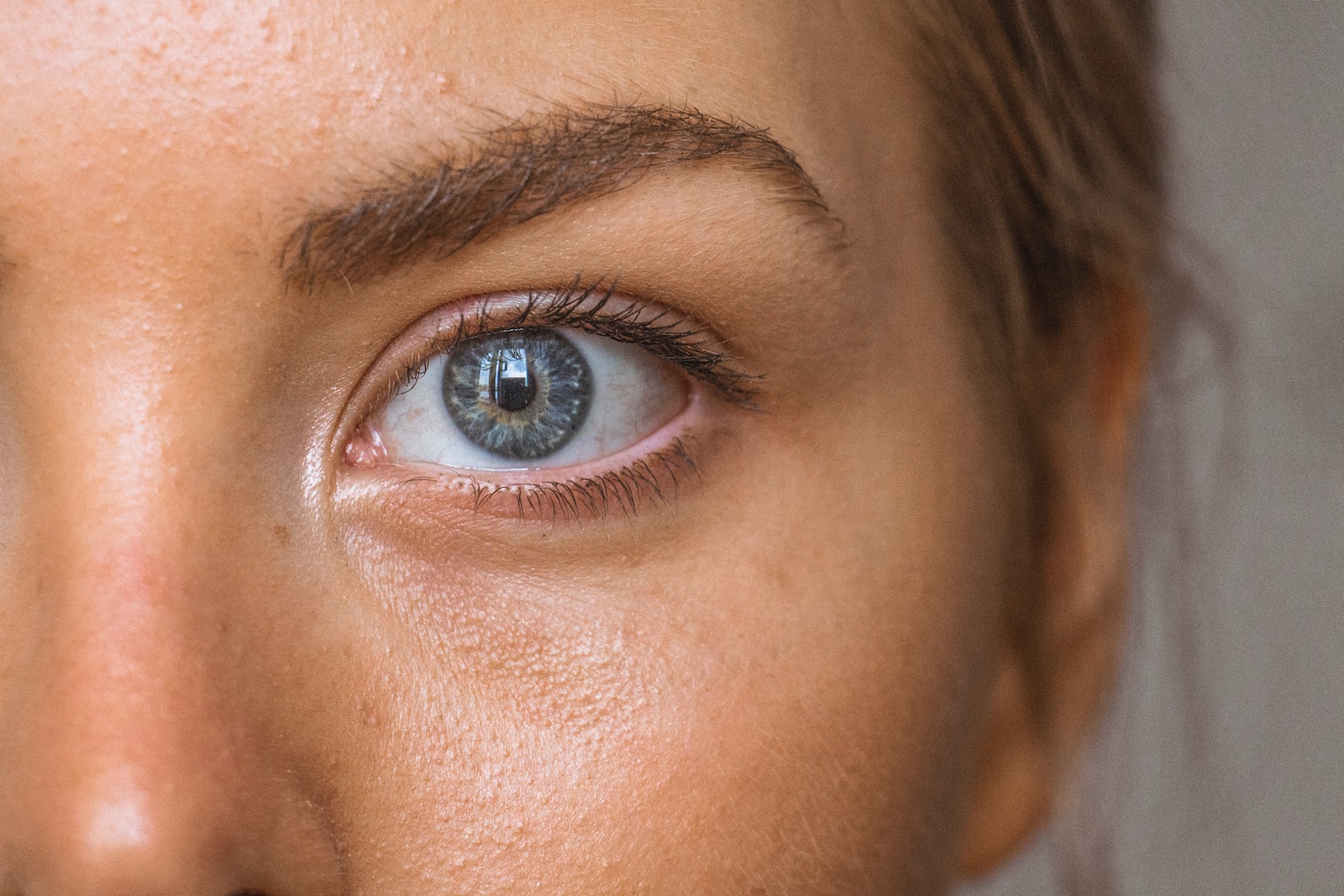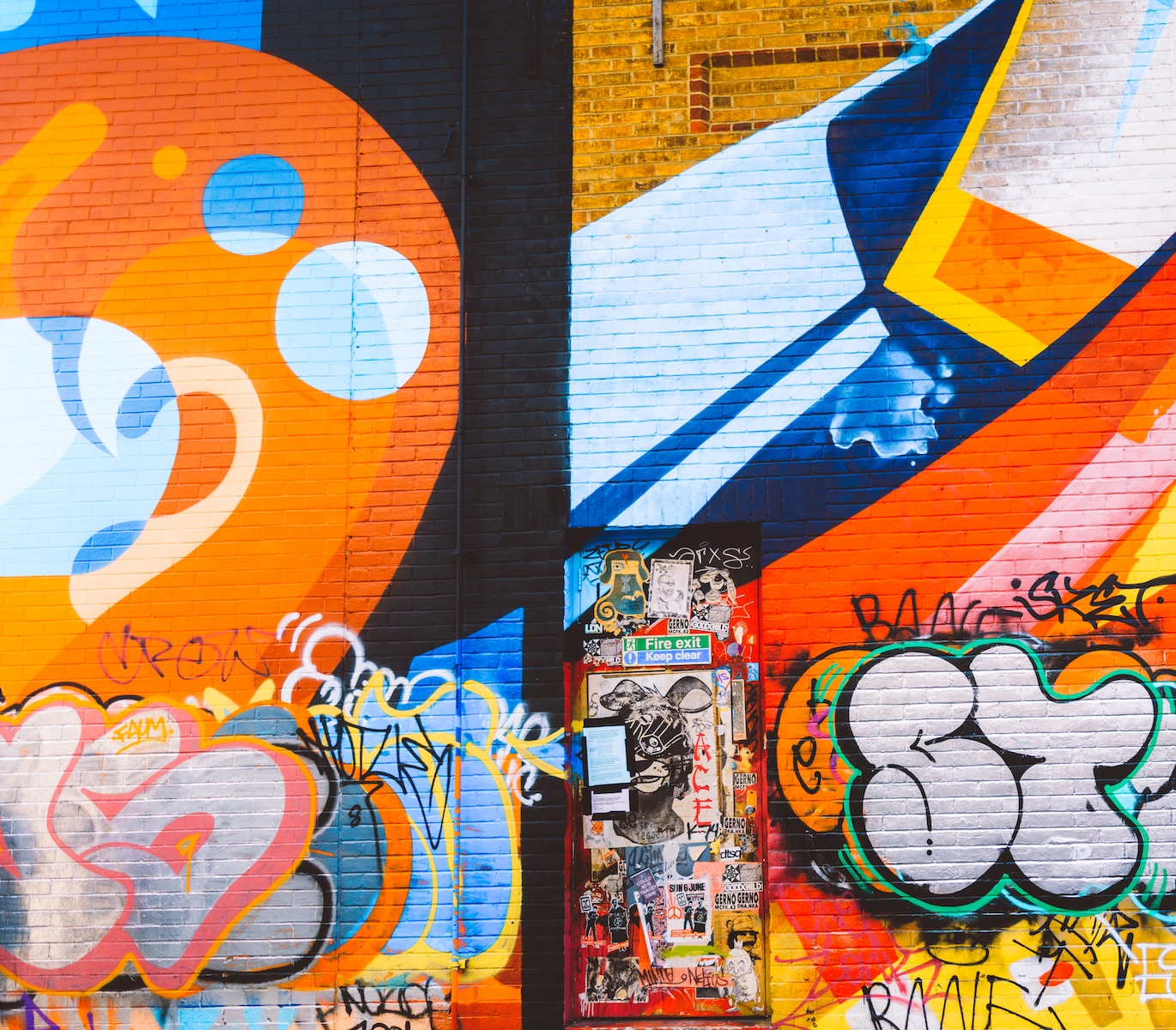Welcome to “The Fragile Beauty of Dandelion Seeds,” where we delve into the fascinating world of macro photography and capture the intricate details of nature’s miniature wonders. In this blog, we explore the art and techniques behind photographing dandelion seeds, covering camera settings, lighting conditions, and techniques to freeze movements. Join us as we unlock the secrets to capturing the delicate yet stunning moments of dandelion seeds in all their glory.
Table of Contents
- The Fragile Beauty of Dandelion Seeds
- A How-To Guide: Capturing the Details of Dandelion Seeds
- Frequently Asked Questions
- 1. What equipment is best for capturing dandelion seed photography?
- 2. What camera settings should I use for photographing dandelion seeds?
- 3. How can I capture the delicate movements of dandelion seeds?
- 4. What lighting conditions are best for dandelion seed photography?
- 5. Are there any specific tips for achieving a unique perspective in dandelion seed photography?
- 6. How can I make my dandelion seed photographs standout?
- Wrap Up
The Fragile Beauty of Dandelion Seeds
1. Exploring Macro Photography
Macro photography allows us to capture the intricate details of small subjects, like dandelion seeds. By using a specialized macro lens, you can capture stunning close-up shots of the seeds, revealing their delicate structures and ethereal beauty.
2. Finding the Perfect Subject
When it comes to photographing dandelion seeds, exploring various locations can lead to captivating shots. Look for dandelions in fields, meadows, or even your own backyard. The key is to find dandelions in their natural habitat, where they can add a touch of enchantment to your compositions.
3. Mastering Camera Settings
Understanding and adjusting your camera settings is crucial when capturing the fragility of dandelion seeds. To freeze their swift movements, set your camera to a fast shutter speed, typically 1/500th of a second or faster. This ensures sharp details and avoids any blurring caused by the seeds’ subtle dances in the wind.
4. Unleashing The Power of Lighting
Lighting plays a vital role in accentuating the delicate beauty of dandelion seeds. Experiment with different lighting conditions, such as soft natural light or backlit situations, to create enchanting and ethereal images. Don’t hesitate to use reflectors or diffusers to manipulate the light and achieve the desired mood and detail.
5. Capturing the Magic of Movement
While freezing movements is essential, capturing the graceful flight of dandelion seeds adds a touch of whimsy to your photographs. Experiment with slow shutter speeds to create dreamy images that emphasize the seeds’ journey through the air. Take multiple shots and experiment with different angles to find the perfect balance between stillness and movement.
6. Embracing the Details
Macro photography allows us to appreciate the intricate details of dandelion seeds up close. From the delicate seed parachutes to the minute water droplets they carry, embracing and highlighting these details can add depth and dimension to your images. Use a macro lens and explore different angles and compositions to capture the essence of their fragile beauty.
7. Editing for Perfection
Post-processing is the finishing touch that allows you to fully bring out the beauty of your dandelion seed photographs. Enhance the fine details, adjust the tones, and fine-tune the colors to masterfully showcase the fragility and intricate nature of these tiny seeds. Experiment with various editing techniques until you achieve the desired look and feel.
Did you know that a single dandelion plant can produce up to 15,000 seeds?
8. Showcasing Your Work
Once you’ve captured and edited your stunning dandelion seed photographs, it’s time to share your work with the world. Consider creating an online portfolio or sharing on social media platforms dedicated to nature or macro photography. By showcasing your talent, you’ll inspire others to appreciate the fragile beauty found within the world of dandelion seeds.
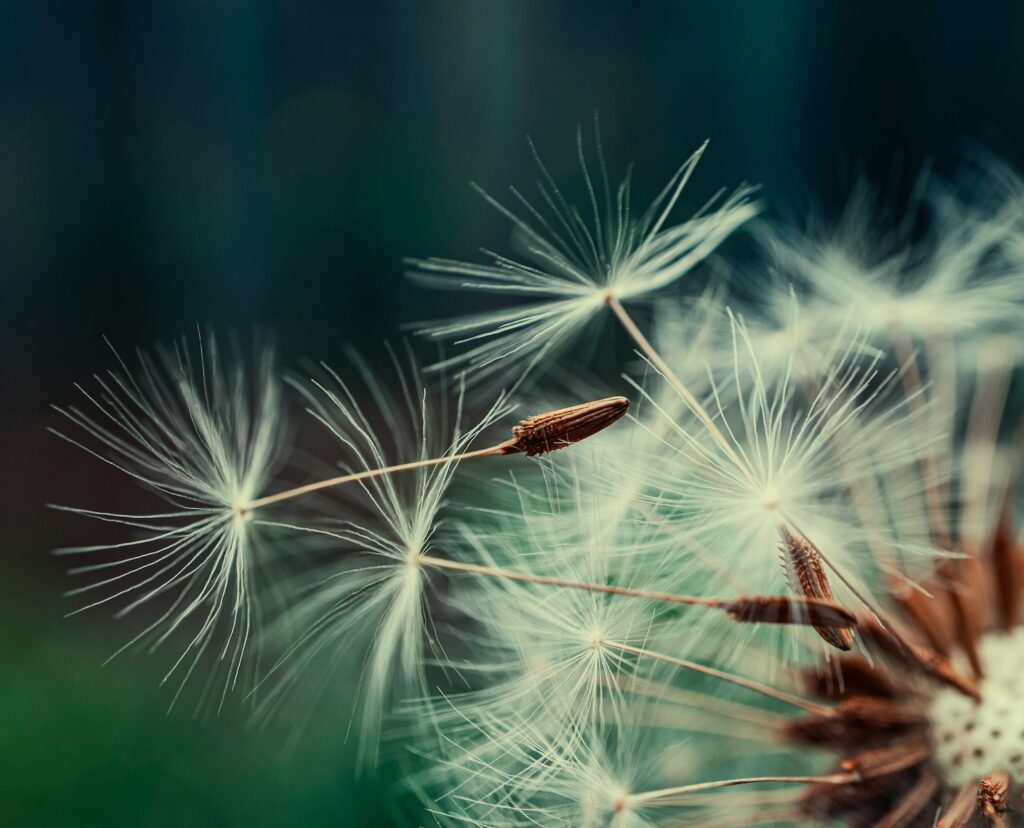
A How-To Guide: Capturing the Details of Dandelion Seeds
Macro photography allows us to venture into the fascinating world of small-scale wonders, showcasing the intricate beauty of nature. One subject that never fails to captivate both photographers and viewers alike is the fragile allure of dandelion seeds. In this guide, we will explore the art of photographing dandelion seeds, providing you with valuable tips and techniques to capture their delicate details.
1. Choosing the Right Equipment
When it comes to macro photography, having the right equipment is crucial. A macro lens with a close focusing distance is essential for capturing the fine details of dandelion seeds. Additionally, a tripod is highly recommended to keep your camera steady, especially when dealing with the challenges of macro photography.
2. Setting the Stage: Lighting and Background
Proper lighting is vital to emphasize the details and textures of dandelion seeds. Utilize natural light whenever possible, preferably during the golden hours of sunrise or sunset for a soft, warm glow. Diffusing the light using a white fabric or a reflector can help soften harsh shadows and create a more balanced composition.
In terms of background, choose a simple and uncluttered setting to allow the dandelion seeds to take center stage. A black or white backdrop can provide a striking contrast, highlighting the delicate structures and wispy nature of the seeds.
3. Freezing Time: Dealing with Movements
One of the biggest challenges of photographing dandelion seeds is their inherent delicacy and tendency to sway with the wind. To overcome this, consider using a faster shutter speed to freeze the movement and capture the seeds in crisp detail. Experiment with different shutter speeds to find the perfect balance between freezing the motion and maintaining optimal exposure.
4. Focus on the Details
Macro photography is all about capturing the intricate details that often go unnoticed to the naked eye. To achieve tack-sharp focus, use manual focus or select a single focus point to ensure the dandelion seeds are the main focal point of your image. Take your time to adjust the focus until you achieve the desired level of detail and clarity.
5. Experiment with Composition
Don’t be afraid to get creative and experiment with different compositions when photographing dandelion seeds. Try capturing them up close, showcasing the individual seeds and their fine hairs, or step back and include a larger cluster of seeds for a more abstract composition. Play with angles, perspectives, and depth of field to add visual interest and convey the delicate beauty of the seeds.
In conclusion, photographing dandelion seeds requires patience, attention to detail, and a keen eye for composition. By following these tips and techniques, you can unlock the fragile beauty of these enchanting subjects and create stunning macro photographs that truly captivate your audience.
Frequently Asked Questions
1. What equipment is best for capturing dandelion seed photography?
When it comes to photographing dandelion seeds, using a macro lens is ideal for capturing intricate details. Additionally, a tripod can be helpful to ensure stability and avoid any unwanted camera movements.
2. What camera settings should I use for photographing dandelion seeds?
For dandelion seed photography, it is recommended to use a narrow aperture, such as f/16 or higher, to achieve a greater depth of field and keep the entire seed head in focus. Utilizing a fast shutter speed will help freeze any movements caused by wind, ensuring sharp and detailed images.
3. How can I capture the delicate movements of dandelion seeds?
Controlling the movements of dandelion seeds can be challenging, especially outdoors. To minimize movements, consider photographing on a calm day or in a controlled indoor environment. You can also use diffused lighting to reduce shadows and soften the overall appearance of the seeds.
4. What lighting conditions are best for dandelion seed photography?
Natural light is often the most appealing for dandelion seed photography. Early morning or late afternoon light provides a warm and soft glow, enhancing the delicate nature of the seeds. However, diffused artificial lighting can also be used to create a controlled setup indoors and avoid any harsh shadows.
5. Are there any specific tips for achieving a unique perspective in dandelion seed photography?
Yes! Exploring different angles and perspectives can add a creative touch to your dandelion seed photography. Get down low or experiment with aerial shots from above. Additionally, try different compositions, like framing the seeds against vibrant backgrounds or capturing their interaction with other elements in nature.
6. How can I make my dandelion seed photographs standout?
To make your dandelion seed photographs stand out, pay attention to the small details. Focus on capturing the intricate patterns of the seeds and the fragility they represent. Experiment with different post-processing techniques, such as adjusting contrast, enhancing colors, or creating a soft and dreamy atmosphere.
Wrap Up
Now that you have delved into the mesmerizing world of dandelion seeds through macro photography, it’s time to pick up your camera and explore nature’s smallest wonders. By mastering camera settings, understanding lighting conditions, and overcoming movement challenges, you can capture the delicate beauty of dandelion seeds like never before.
Remember, patience and practice are key to perfecting your detail photography skills. So, go out and explore the intricate world of dandelion seeds, and don’t forget to share your stunning images with us. We would love to see your unique perspectives and hear about your experiences in the comments below. Happy shooting!
